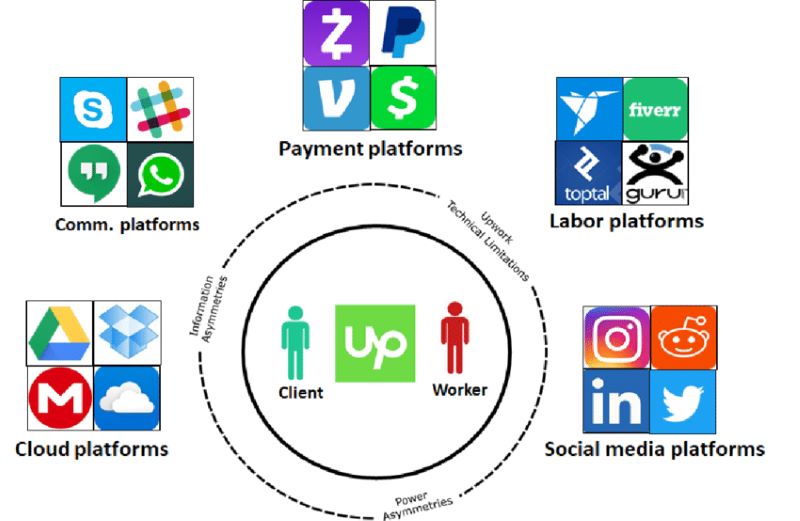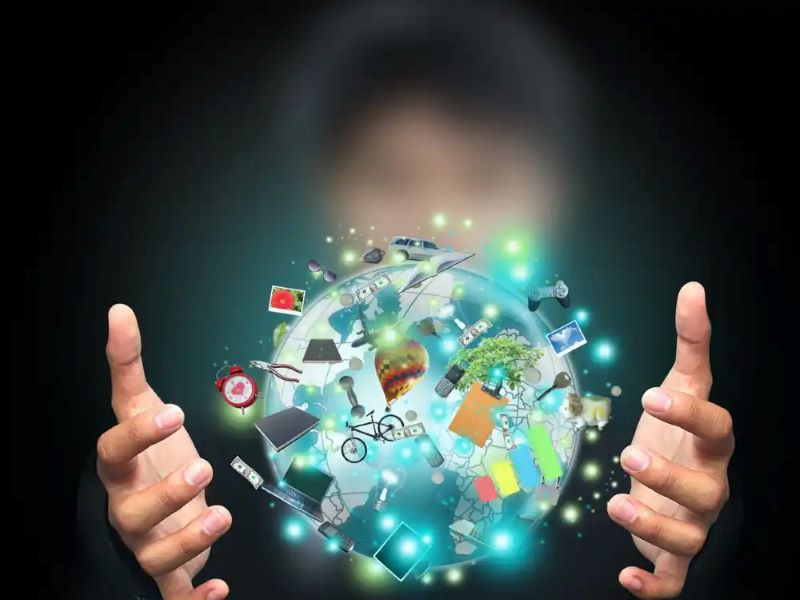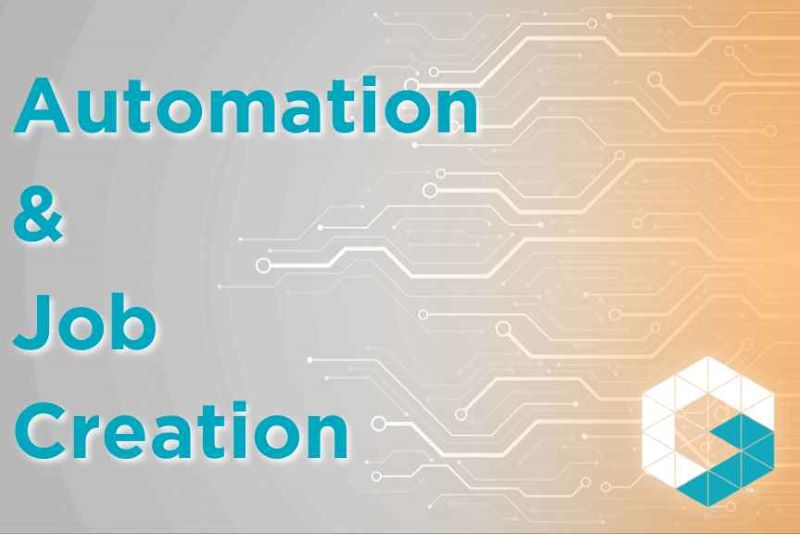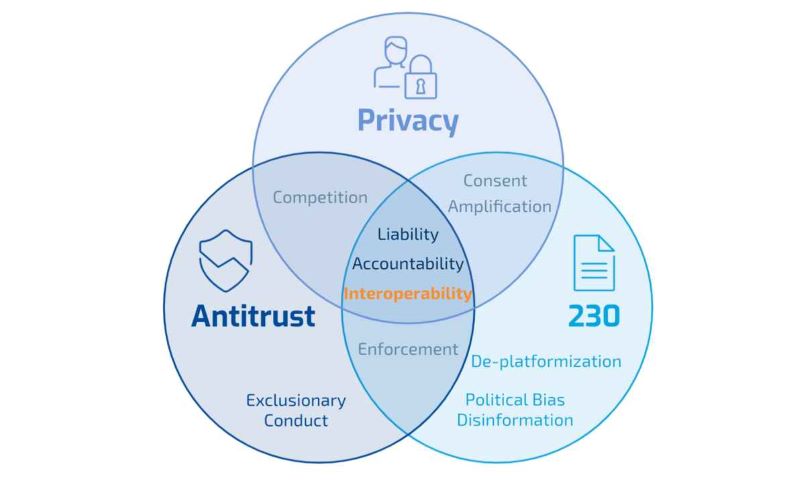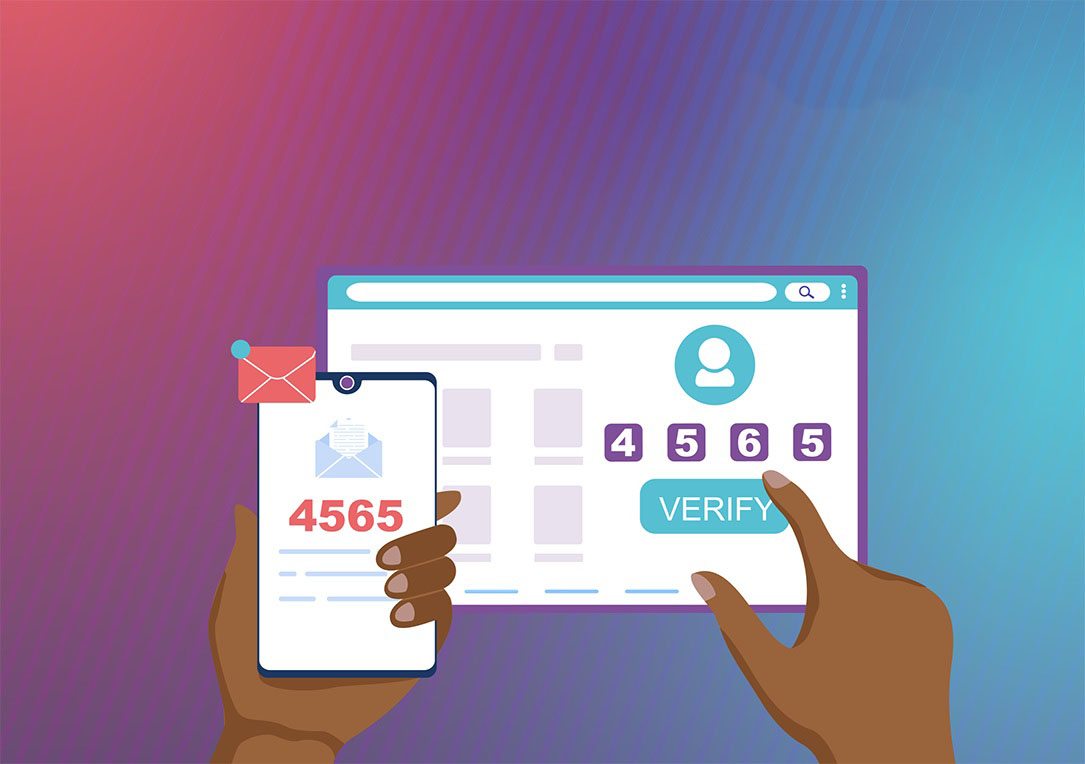Positive and negative impacts of digital platforms: It’s the truth we live every day. Our scrolls, clicks, and shares shape our world more than ever before. But is it all good news? As every coin has two sides, so does our online existence. We dive deep to see how digital platforms serve as a catalyst for growth and education. Yet, we also face a reality where misinformation and privacy risks lurk behind every swipe. Join me on this eye-opening journey and let’s explore together the mixed bag of our ever-evolving digital life.
Embracing the Digital Renaissance: Opportunities and Growth
E-Learning and Virtual Collaboration: Shaping the Future of Education
We are in the middle of a digital bloom. E-learning is now a big thing. It lets kids and adults learn anywhere, anytime. Schools use it to teach kids online. They get to talk to each other easily, just like in a class. This way of learning is growing fast. Thanks to it, anyone with internet can learn so much.
E-learning is not just for school studies. It helps with job training too. People all over can join in, talk, and share ideas. This is all due to virtual collaboration. We work together from different places.
And guess what? You can meet new friends across the world. How cool is that? This is how e-learning and talking online can shape our future. We all get smarter and closer, no matter where we live.
The Rise of Telecommuting and Digital Marketplaces
Work has changed a lot, for real. Many people now work from home. This is called telecommuting. It gives folks chances to work for companies far away. This can be great for you. No traffic, more time with family, and sometimes work in pajamas!
It’s not just work, buying stuff is different too. Enter digital marketplaces. You can buy or sell things from your couch. You would be amazed at how many things you can find online to buy.
Telecommuting and digital shops are growing. They make life easier for a lot of us. But that’s not all. With these digital places, our world becomes smaller in a good way. We all feel a little closer. Plus, there are more job chances for everyone.
Through these new ways of learning, working, and buying things, we’re all taking part in a digital shift. Who knew all this could happen with just a few clicks?
Overall, the digital world gives us a lot. We can learn anything, anytime. We can work from anywhere we want. And buying things we need is a snap. Never before could you do so much from your own home.
A big high-five for the digital renaissance! It’s teaching us, connecting us, and helping us grow. And the best is, it’s just starting. Let’s keep learning and growing, together.
Connecting the World: Communication and Community Online
The Power of Social Networking and Real-Time Communication
Social networking has changed how we talk and make friends. You find old pals and meet new ones. It’s easy and fast. Folks share stories, photos, and ideas. It’s like having a chat at the park, but from your couch. You cheer, comfort, or share a laugh.
Online talk has many plus points. You reach out across the world in seconds. Parents see kids who live far away. Teams work on projects without being in one place. You hear fresh news right away. Quick talk can also help in emergencies.
Global Connectivity and its Role in Influencer Marketing Reach
The world feels smaller now. That’s because of global connectivity. People from anywhere can connect. A person in one place can touch the lives of many. This is big for folks who show off brands. We call them influencers.
An influencer can share a product and make it famous fast. Say you like cooking. You see a chef you like use a new mixer. You might want to buy it. That’s how influencer marketing works. The chef’s good word helps the mixer sell.
This reach is about trust and numbers. Many see the chef. If they trust the chef, they’ll buy the mixer. It’s a new way to tell folks about cool stuff. It helps businesses grow and reach more people.
We talk and work together online. We learn from and support each other. It’s amazing how one device connects you to the whole world.
The Double-Edged Sword: Challenges of the Digital World
Navigating Misinformation and the Spread of Fake News
Think back to when we were kids. We believed almost everything we heard. Now, we know better, but it’s tough to tell what’s true online. So, what is “fake news”? Fake news is false information that looks real, shared online, mainly to trick us. It spreads like wildfire. Why does it spread so fast? Well, it’s often exciting or scary, so we share it without thinking.
What can we do? First, look closer at what you read online. Ask, “Who wrote this? Can I find it on trusted sites?” Always double-check facts, especially before sharing. By doing this, we stop fake news from spreading.
Now, let’s talk about kids and teens. They sometimes struggle to spot what’s real or fake. So, we need to teach them. How? By showing them how to check the facts and by using games and activities that make learning fun. This way, they grow into smart, digital explorers who won’t fall for just any story online.
Privacy, Data Security, and the Personal Impact of Tech Addiction
Talking about secrets, do we keep them safe online? Not always. “Privacy breaches” happen when our private info gets taken without our “yes.” Personal photos, messages, and passwords can slip out and cause trouble. Why does this happen? Because hackers are always seeking to steal info. Plus, we sometimes don’t protect our stuff well enough.
What’s “tech addiction”? It’s when we can’t stop staring at screens, like phones or computers. It’s a real problem. Why? Because being glued to screens affects our sleep, friends, and fun activities.
Are we too hooked on tech? Here’s a simple test: Can you put your phone down and not look at it for a whole hour? If that’s hard, it might be time to think about your screen habits.
One big idea is to plan “tech breaks.” These are times when we step away from screens and do other fun things. It could be reading, playing outside, or making art. By taking breaks, we give our brains a rest and enjoy life beyond the screen.
Remember, the online world is amazing but also tricky. It’s packed with cool stuff and important facts. But it also has fake news and privacy traps. And it’s easy to get too caught up with our gadgets. We need to be sharp and careful to enjoy the web safely and happily. Let’s keep talking and learning, so we can all be wise when we click and scroll!
Social Dynamics and Health in the Age of Screens
The Psychological Impacts: From Cyberbullying to Social Isolation
Cyberbullying is a grim reality in our digital lives. It means someone using the net to hurt others. It shows how screens and distance make people mean. This meanness can lead to folks feeling alone and down. We talk a lot online, but it can make us feel less close to others. We miss out on real laughs and hugs.
I see this often. People text and post instead of talking face to face. This can hurt how we get along with others. We’re meant to be with people. Real chats help us feel we belong. When we don’t get this, we can feel alone.
Being online all the time can mess with our heads. We might end up thinking that life is like the net. We don’t see real grins or hear true laughs. We might trust people less. Think about how different the net is from a real chat with pals!
Physical Health in a Digital Age: Sedentary Lifestyles and Tech Usage Concerns
Our bodies need to move, but screens keep us in one spot a lot. That’s what we mean by a sedentary lifestyle. It’s not active, and it’s bad for health. We sit more when we use tech a bunch. And when we sit a lot, we can get health problems. Laptops, phones, tablets all get us sitting too much.
Kids feel this too. They sit and play games or watch shows. This is not like running or playing sports. Playing outside is best for them. I work with schools to help kids learn this.
Tech also hurts our sleep. The blue light from screens wakens our brains. It tells our brains to stay up even when we need sleep. Big tech firms now know this. They’re trying to fix it with special screen modes.
But using screens wisely can still be good for you. For work or learning, they’re a big help. You can get lots done from home on a computer.
To care for our health, we need balance. We should use tech but not too much. We need to get up and move. We should rest our eyes from screens.
When I help folks learn digital smarts, I talk about this balance. Smart tech use means being active too. We can spread the word to use tech in ways that keep us healthy. Let’s not just sit and stare at screens. Let’s make sure we still get up, move, and connect for real.
This is how our lives online change how we get along and feel. It shapes our bodies and minds. We can love tech and also care for our health. We need smart choices to live well in the age of screens.
In this post, we explored the digital world’s growth and the ways it touches our lives. We saw how online learning and teaming up from afar are crafting our educational future. We also looked at how more people are working from home and selling goods in digital markets.
We talked about how the internet connects us, making new friends possible and helping businesses grow across the globe. But we also saw the dark sides, like fake news and the risk of sharing too much online.
Using screens all day can hurt our minds and bodies. It’s not just about feeling alone or dealing with bullies online. Sitting too much and staring at our phones can be bad for our health.
So, we need to use the digital world smart and keep looking for ways to stay safe and healthy. Let’s keep learning, sharing, and growing, but let’s also remember to step back, look around, and take care of each other in the real world too. That’s my final thought. Use tech, but don’t let it use you!
Q&A :
What Are the Positive Impacts of Digital Platforms on Society?
Digital platforms have revolutionized the way we communicate, share information, and do business. One major positive impact is the facilitation of social connectivity, allowing us to stay in touch with friends and family worldwide. Additionally, digital platforms have democratized information, making knowledge more accessible to everyone. They also serve as powerful tools for education and self-improvement, and aid in the growth of businesses through e-commerce and digital marketing, leading to economic benefits.
How Have Digital Platforms Negatively Impacted Users?
While digital platforms offer many benefits, they also present certain drawbacks. Users may face issues like reduced privacy due to data collection practices and potential security concerns like identity theft. The use of digital platforms has also been associated with mental health problems, such as social media addiction and increased feelings of loneliness and anxiety. Moreover, they can contribute to the spread of misinformation and create echo chambers that polarize communities.
What Are the Economic Advantages of Digital Platforms for Businesses?
Digital platforms can significantly boost economic growth for businesses by providing access to larger markets and reducing transaction costs. They enable businesses to reach a global audience, facilitate teleworking, and improve customer engagement through personalized marketing and direct feedback. Furthermore, digital platforms offer valuable data analytics, helping companies to optimize their strategies and innovate, which can lead to increased productivity and profitability.
Can Digital Platforms Affect Employment and Job Markets?
Digital platforms have a complex impact on employment and job markets. On one hand, they can create new job opportunities, particularly in fields related to information technology and digital marketing. They can also promote freelance work and the gig economy, offering more flexible employment options. On the other hand, automation and AI technologies may displace traditional jobs, leading to potential job losses in certain sectors. The evolving nature of work through digital platforms requires continuous skill development and adaptation by the workforce.
How Do Digital Platforms Influence Consumer Behavior?
Digital platforms have transformed consumer behavior by providing immediate access to information and reviews, thus influencing purchasing decisions. The convenience of online shopping and personalized experiences has led to changes in shopping habits. Furthermore, social media platforms play a pivotal role in shaping opinions and trends through influencer marketing and peer recommendations. This shift to digital consumption requires businesses to adapt their strategies to meet the changing preferences and expectations of consumers.

